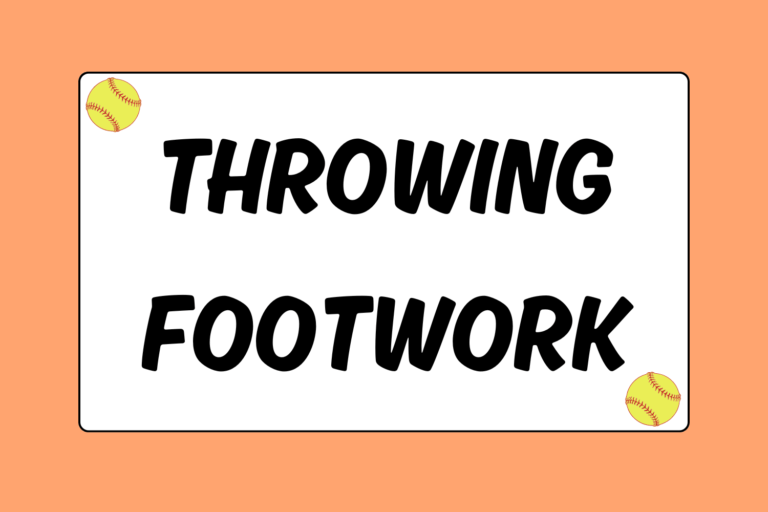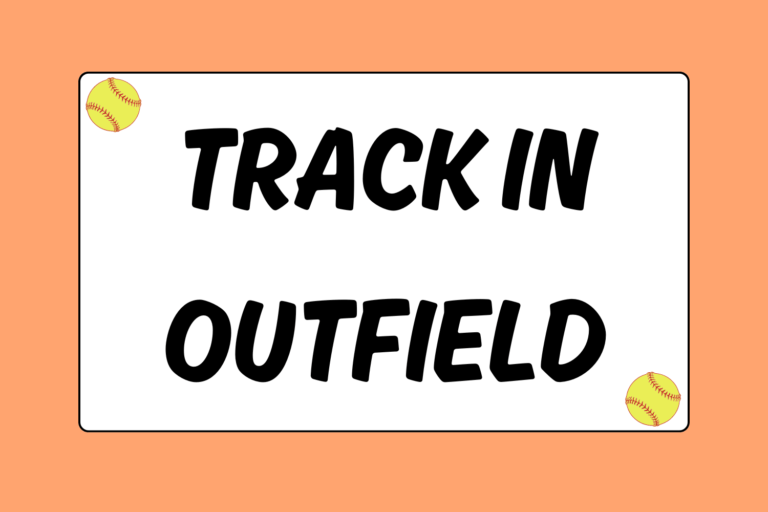A catcher has the responsibility to catch every pitch thrown her way. She needs to be able to reach every high, low, inside, and outside ball. As such, a major key to success lies in her stance, and a lot depends on how fast she can get into and out it. So as the foundation to her responsibilities behind the plate, a catcher must first find a proper stance.
Receiving Stance
The receiving stance is the stance in which the catcher sits when preparing for the pitch. The most important thing in a stance is balance and comfort:
- Create the base: Your feet are the groundwork to your stance. Start with your feet shoulder-width apart, but set them farther if you feel unbalanced. The knees should be bent and the lower body well balanced. As a general rule, the knees should never come forward of the toes.
- Squat down: With your feet in place, squat down. Basically, “sit” down in your stance. Your weight should be evenly distributed through the inside balls of your feet. Never sit back on your heels or lean forward on your toes.
- Keep the back straight: Your back should be perpendicular to the ground.
- Get low: In your squat, you can essentially get as low as you’d like, so long as it is comfortable. Depending on your preference, you can squat so low that there is little to no space between your hamstrings and calves, or you can sit higher so that your thighs are almost parallel to the ground. Go with whichever position is most comfortable and controlled.
- Comfort is key: No catcher should feel discomfort in her stance. Knee-savers, wedge-shaped cushions, have been specifically designed to sit between the thigh and calf to relieve pressure from the knees. Some catchers think they’re helpful, while others think they encourage laziness. Only you, though, can determine how they affect your game.
- Give her a target: Your pitcher sees one thing as her target: Your glove. So it has to be open! Your fingertips should be pointed at your target, so the top of your glove (the fingers) needs to be pointed forward.
- Your throwing hand: Where you place your throwing hand is somewhat a matter of preference. However, a good place to start is to close your hand into a loose fist and rest it behind your throwing-side hip, poised and ready. Avoid leaving your throwing hand exposed in front of you so it doesn’t get hit with a foul ball or bad hop.
Hot Tip: The Strength Lies in Your Stance
Your stance should be strong and you should not be easily knocked over. A teammate, coach, or parent should be able to nudge you from any angle — the back, front, and either side — without you falling over. If you aren’t balanced, you’ll fall. It’s as simple as that. Gaining solid balance takes practice, and only by relaxing will you be able to truly see where your stance is lacking.
Signal Stance
The signal stance is what the catcher sits in when giving the signal to the pitcher, before receiving the pitch. There are only a few differences between this stance and the receiving stance:
- You can be slightly forward on your toes.
- Dropping the glove between your glove-side shin and the dirt will block your signal from the coach or opposing player’s view on third base.
- The signal should be made close to your body to avoid giving it away. However, be conscious of its angle and how deep it is. You don’t want to angle your signal towards the ground or have it so close to your legs that the pitcher can’t see it. Think of resting your throwing-side forearm on your thigh, close to your stomach. Then, just drop your hand. That’s a good place to start the signal.
Once you give the signal, pop back into your receiving stance and prepare for the pitch.
Stay Stacked
When you’re in your stance, your body should be stacked. That is, your feet are your base, wide enough to support your body. Your knees are bent, evenly spaced between your feet. Your shoulders are squared to plate. Your head is straight and in the middle of your body; your eyes focused. Everything is in one line.
As a catcher, you must have a strong stance to be successful. Otherwise, you won’t be able to frame or block properly. So practice until it’s comfortable and you’ll be on your way to reaching your catching potential!





